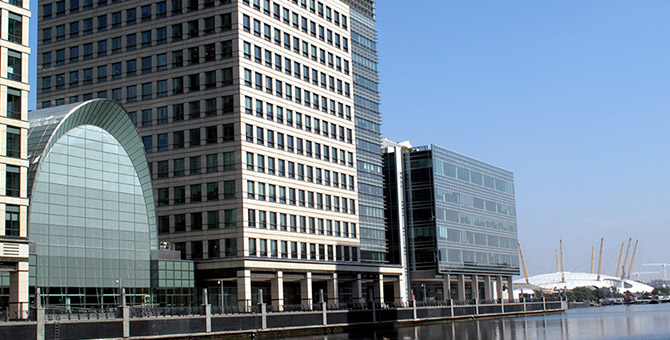Despite the stamp duty tax changes reducing overall commercial property capital values in the UK, rental values grew more in March than January and February combined, according to CBRE’s latest Monthly Index.

Capital values, after three years of consistent growth, fell by 0.4% in March when the new tax bands increased acquisition costs for properties valued at over £1.05 million. The rising acquisition costs impacted capital values, which saw a growth rate of 0.2% in February before the changes were implemented.
The changes have however helped the ones with smaller properties, offering a net benefit to sites valued at under £1.05 million. The overall impact on capital values, which have grown by 28.4% over the past three years, is a one-time thing.
It was found that some sectors and areas were hit more than others. London offices suffered the biggest month on month fall in capital values, with February’s monthly growth of 1.7%, dropping to a 0.2% contraction in March. The overall growth in office capital value slowed from 0.6% to -0.1% in the same period. While retail sector values fell by 0.7%.
The stamp duty changes contributed to the monthly fall in total returns, which shrank by 0.1% last month, having grown by 11.8% in the past 12 months. While yields remained flat at 4.8%, which is down from 5.1% in March 2015.
Rental values climbed, growing by 0.2% in March, which was driven by the strength in the office market, rising by 0.6%. The lead is Central London offices by 0.9%. Retail rents in March were flat, which bounced back from a contraction of 0.3% the previous month.
Commenting on the findings, Miles Gibson, Head of UK Research at CBRE, said: “The stamp duty changes have been a tax grab for the Chancellor to the tune of £500m per year, a notable 15% increase in the tax take. While capital values inevitably took a one-off hit in March, rental values held up, underpinned by strong demand from occupiers.
“For all the criticism of the new tax rules, commercial property continues to exhibit flat yields on balance, and total returns are expected to recover once the changes to the cost of buying a property have been factored in to valuations.”